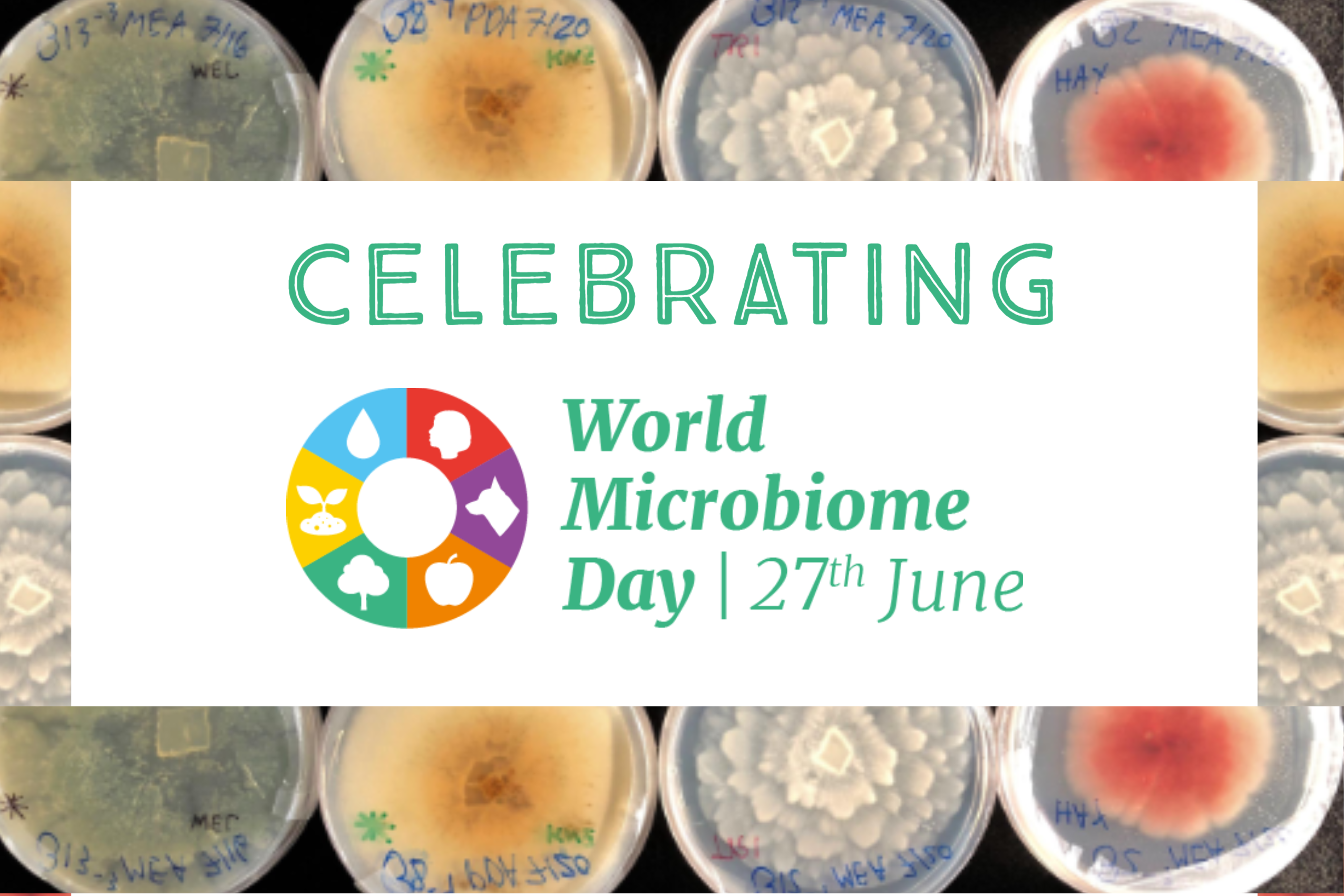In 2018, a group of researchers in Ireland set June 27 as World Microbiome Day. That same year, Kansas NSF EPSCoR supported research on the microbiomes of aquatic, plant, and soil systems in our state—and the work continues today.
After peering into the hidden habitat of microbes for five years, Kansas scientists have made significant progress in understanding how fungi, bacteria, and other tiny creatures affect plants, soils, rivers, lakes, and streambeds.
Here is a sampling of some of the team’s biggest discoveries so far this year:
- Scientists learned how groundwater connects terrestrial and aquatic habitats across the Kansas precipitation gradient and how that link has changed over time alongside land use and climate changes. Learn more in the Journal of Hydrology: Regional Studies.
- Scientists looked at the microbial mediators of how plants respond to long-term nitrogen and phosphorous fertilization, and found that mycorrhizal fungi play a key role in the response. Learn more in Global Change Biology.
- Scientists tested the effects of co-inoculation of rhizobia and mycorrhizal fungi on legume growth promotion, and found that perennial, but not annual legumes synergistically benefit from infection with arbuscular mycorrhizal fungi and rhizobia. Learn more in the journal New Phytologist.
- Researchers described the important role of soil microbes and roots as sculptors of soil, and the feedbacks that this can generate between the biosphere, the lithosphere, and the atmosphere. Learn more in Earth-Science Reviews.
- Researchers assessed the material linkages between soil and stream microbiomes by simulating precipitation. Learn more in the journal Methods in Ecology and Evolution.
- Scientists developed a theory on the potential influence of microbiomes on the ecology of their hosts. Learn more in Physics of Fluids.
- Scientists analyzed the spatial patterns generated by plant soil feedbacks. Learn more in Physics of Life Reviews.
- Scientists synthesized data to understand multi-scale biogeochemical processes in soil ecosystems. Learn more
- Scientists illuminated the utility of weaving well-defined kinetic constraints of microbes’ exoenzymes into models that incorporate changing SOM inputs and composition, nutrient availability, and microbial functioning into efforts to project terrestrial ecosystem functioning in a changing climate. Learn more in Global Change Biology 28.4 Web. doi:10.1111/gcb.15985.
- Scientists examined how reproduction in soil or aquatic environments influences disease dynamics and virulence evolution in a simple facultative pathogen model. Learn more in The American Naturalist.

